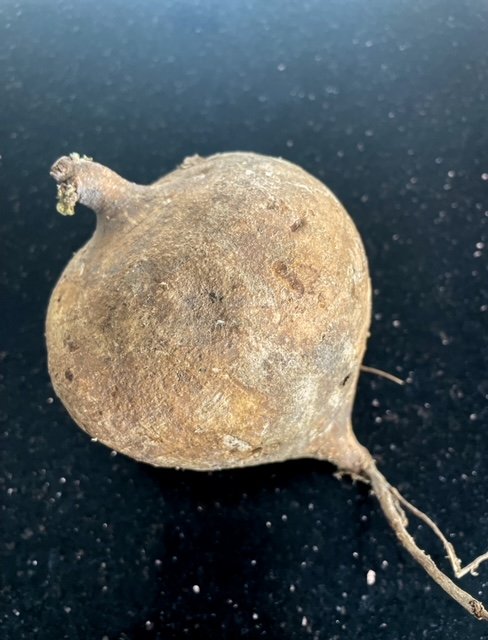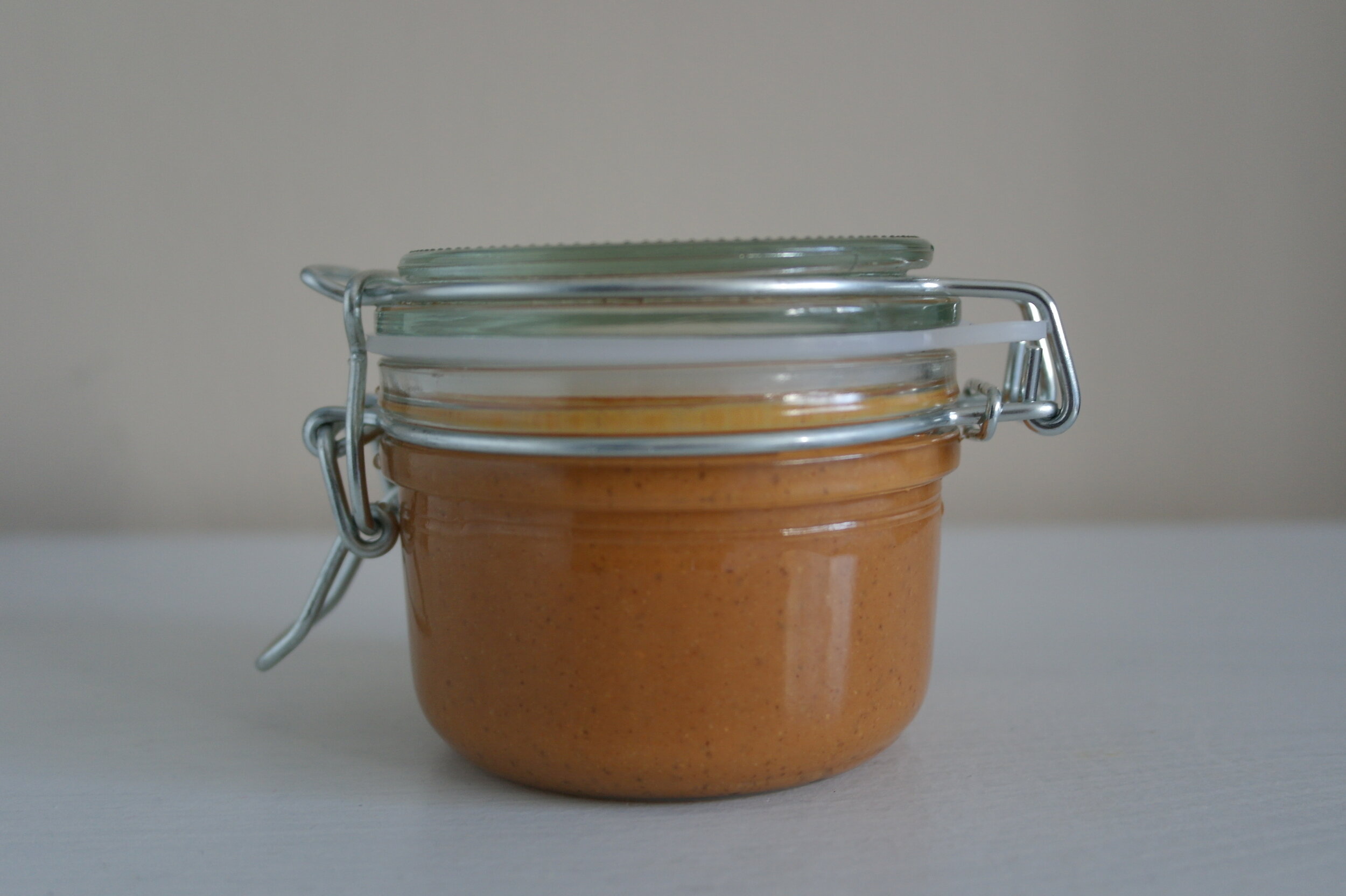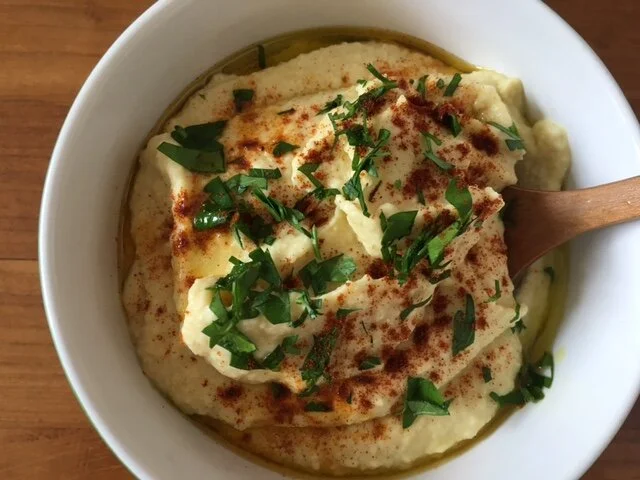The Recipe
Serves: 2 people
Preparation: 10 minutes
Assembly Time: 1 minute!
“From its glorious origins in Mexico, Central and South America, Jicama made the long journey to Asia in the 17th Century”
Amongst the plethora of street stalls in Mexico City, I remember the fruit carts that were neatly prepared, and too irresistible to walk past without purchasing a cup of jicama, mango, or papaya sprinkled with chilli, salt, and a squirt of juicy Mexican lime. This was not the first time I had eaten jicama, but it was the first time I had seen it served in this way – cut like thick fries and eaten raw.
Although Jicama looks like a root vegetable, it is the root of a pea plant (Fabaceae family) that spouts out from the top of it. The crispy and juicy Mexican turnip, Jicama (pronounced “Hee Ka Ma”) is derived from the Nahuatl word xīcamatl.
Where is Jicama from?
The origins of this vegetable lie in Mexico, Central and South America and it is known to be one of the oldest cultivated crops – even the Mayans munched on it back in the day. There have been traces of Jicama found in archaeological sites in Peru that date back around 3000 years.
Jicama most probably journeyed from the Americas to Asia with the help of the Spaniards. It is now a common ingredient found all over the world and is a popular element in dishes from popiah in Singapore to rojak in Indonesia.
What does Jicama Look Like?
With a rustic exterior, Jicama has fibrous skin yet a fleshy interior. It is made up of around 90% water and it has a glorious ability to absorb flavours ever so well.
What does Jicama Taste Like?
If you haven’t tried jicama, you will be pleasantly surprised. With its deceiving root vegetable costume, it is not at all starchy, yet has a juicy texture similar to a nashi pear with a little bit more structure. It can be eaten raw or cooked and thrown into savoury and sweet dishes.
Enough of the history lesson, here’s the recipe.
INGREDIENTS
Salad
280g jicama
60g / half red apple
30g water celery or watercress (rocket works too!)
1 tbsp / 10g raisins
1 tbsp / 5g pumpkin seeds
Dressing
1.5 tbsp lime juice
½ tsp pepper
¼ tsp salt
2-3 tbsp extra virgin olive oil
1 tbsp habanero hot sauce (or any sauce you wish)
METHOD
Wash jicama, red apple, and water celery/watercress.
Trim the thick stalks of the water celery and save later for a veggie stock.
Peel jicama and cut into 1cm thick sticks
Keep the peel on the red apple and slice it a little thinner than the jicama
Mix the salt and pepper in the lime juice and mix until the salt has slightly dissolved, add in hot sauce and olive oil.
Mix until all dressing ingredients are combined.
Place the dressing, apple, and jicama in a bowl and mix to thoroughly coat them, allow to sit for a minute or two.
On a plate, place half the jicama/apple mixture and then add some of the water celery.
Pile the rest of the jicama and apple and then the watercress. Arrange as you wish!
From a reasonable height, flutter the pumpkin seeds and raisins down on the salad.
Add a small amount of the remaining dressing to finish.
Enjoy the crunchy and fresh simplicity of this healthy salad.
For extra oomph, feel free to add some crumbled fetta cheese.
Questions? Comments? Let me know, I’d love to hear from you.
Buen Provecho!















